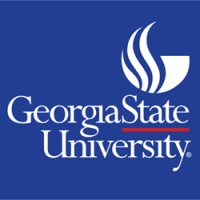
Georgia State University
Georgia State is an urban public research university and national model for student success in Atlanta, the cultural and economic center of the Southeast. The largest university in the state and one of the largest in the nation, Georgia State provides its faculty and more than 51,000 students with unsurpassed access to opportunities in one of America's great global cities. Over a period of 10 years, the university raised graduation rates 22 percentage points and eliminated students achievement gaps based on race, ethnicity or income. Its Atlanta Campus offers more than 250 degree programs in 100 fields of study at the bachelor's, master's, specialist and doctoral levels. Home to more freshmen than any other college or university in Georgia, the university's Perimeter College provides more than 30 associate degree pathways at five campuses throughout metro Atlanta.






